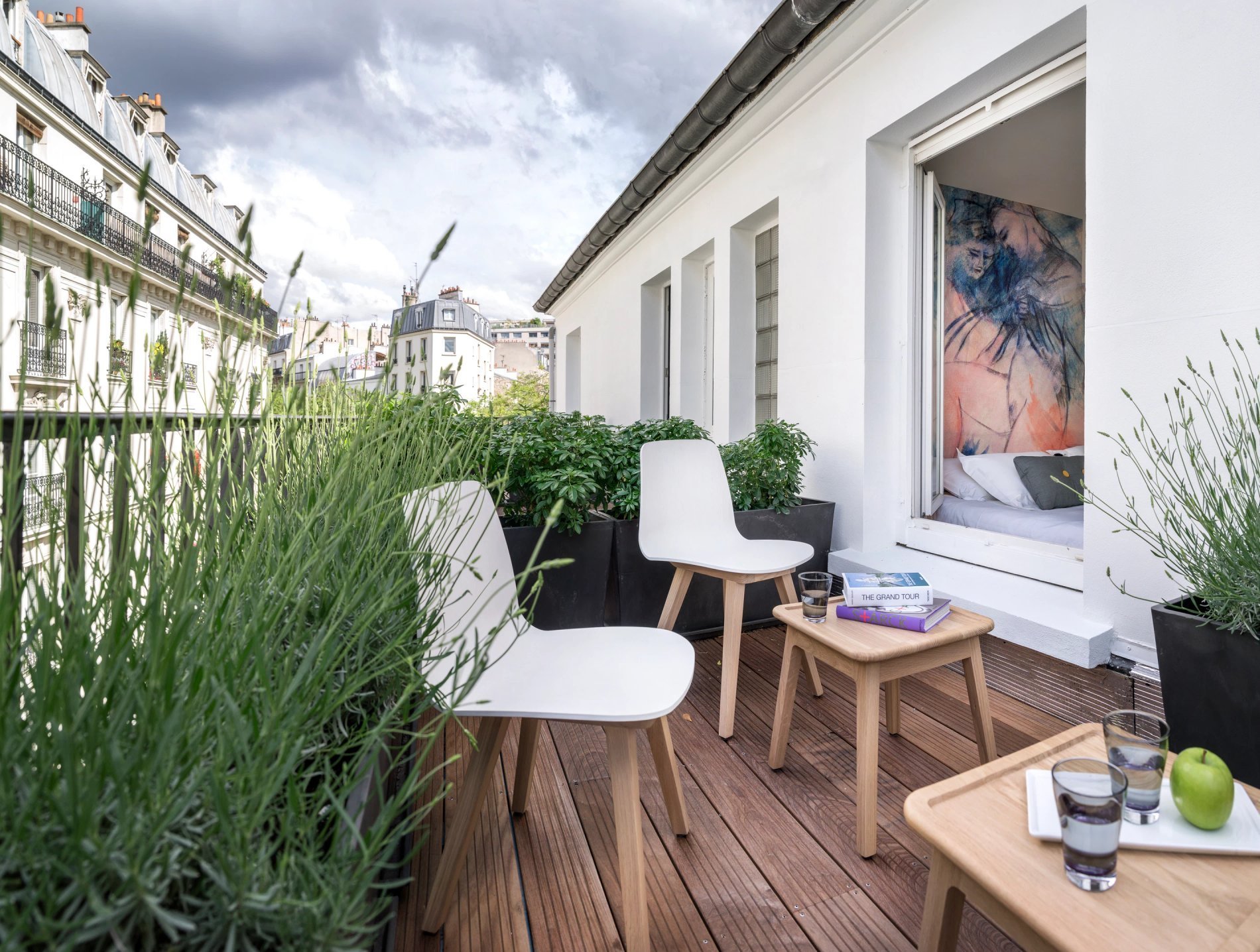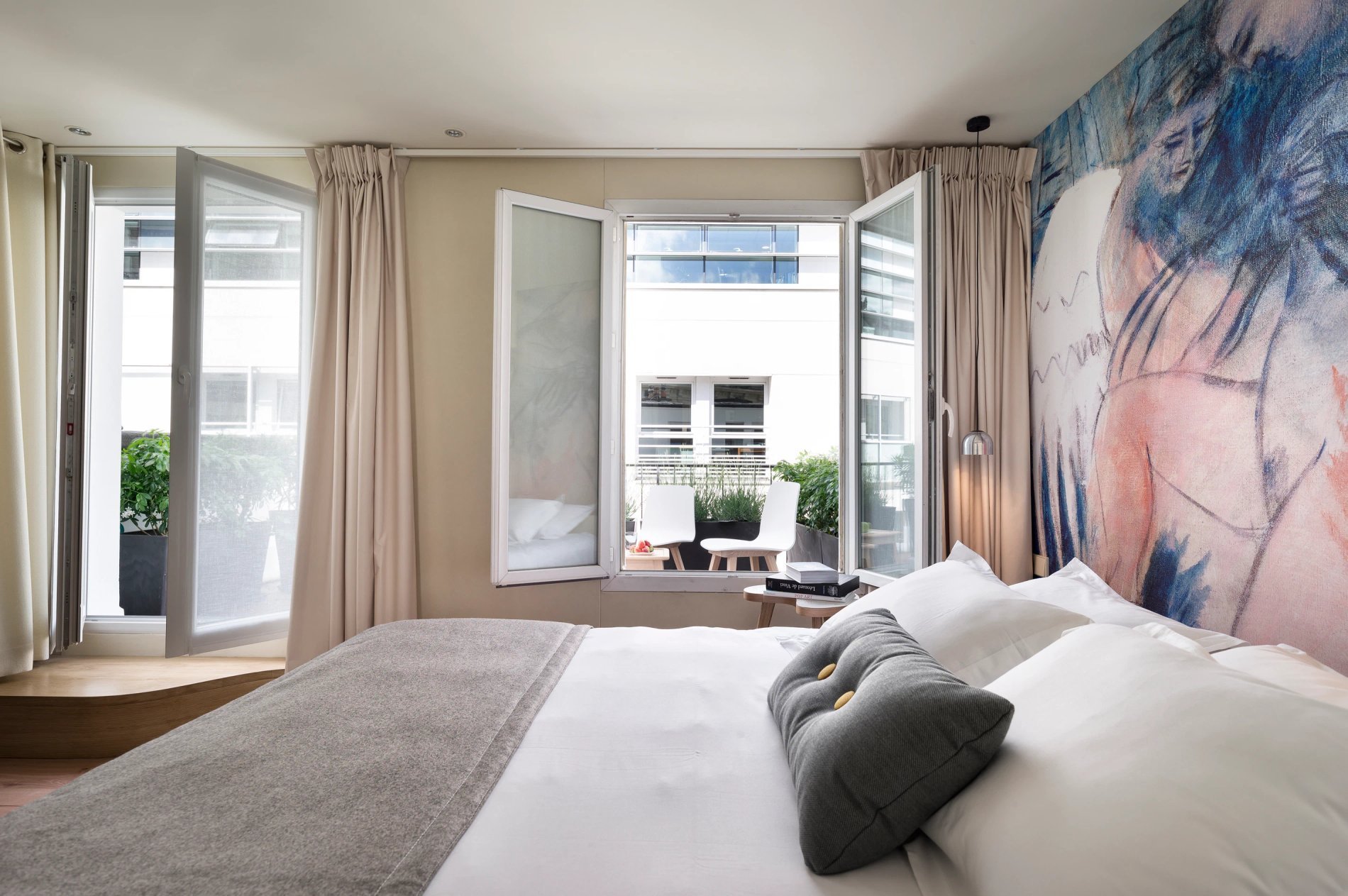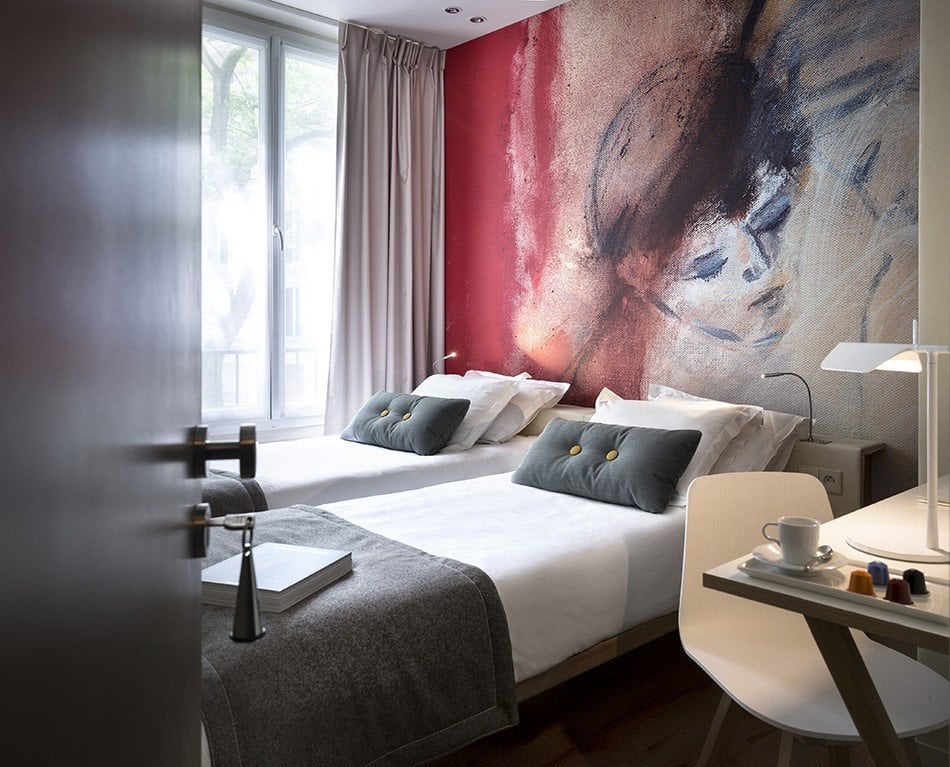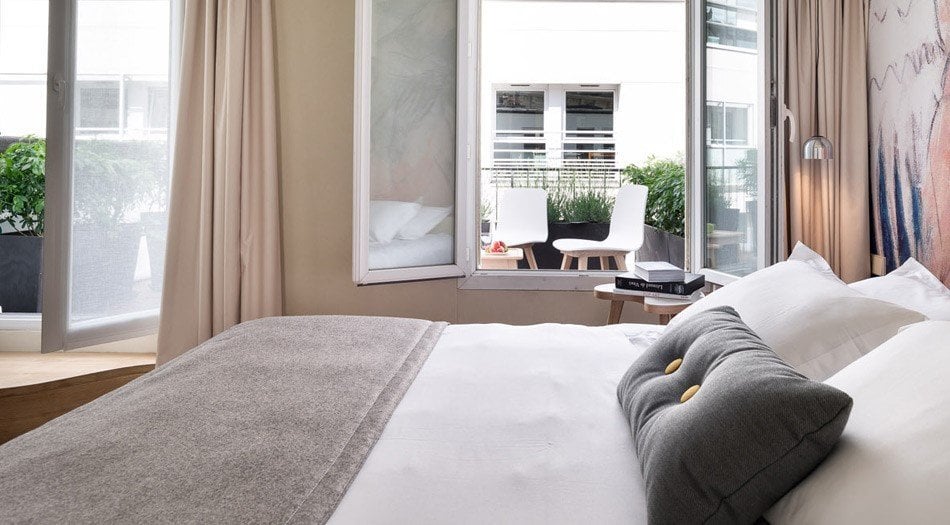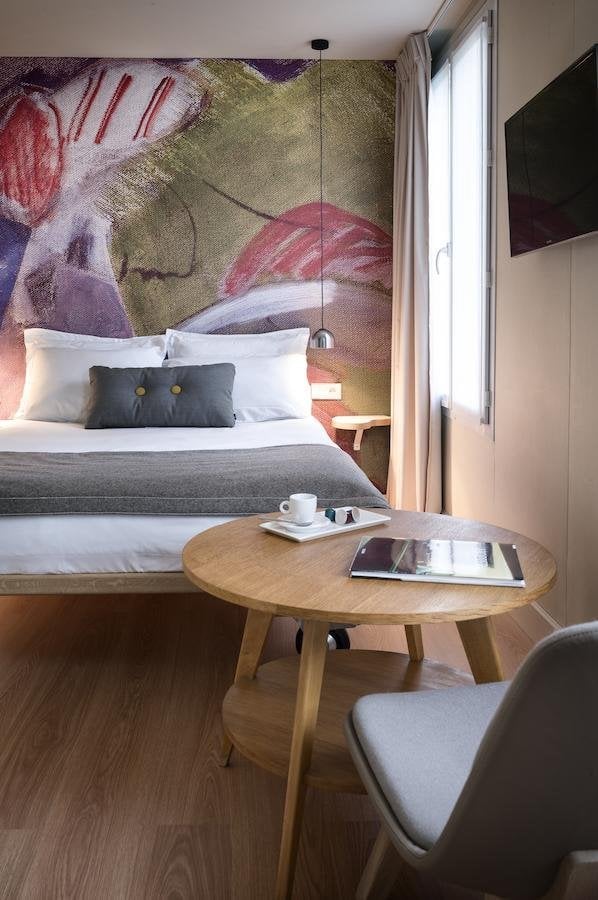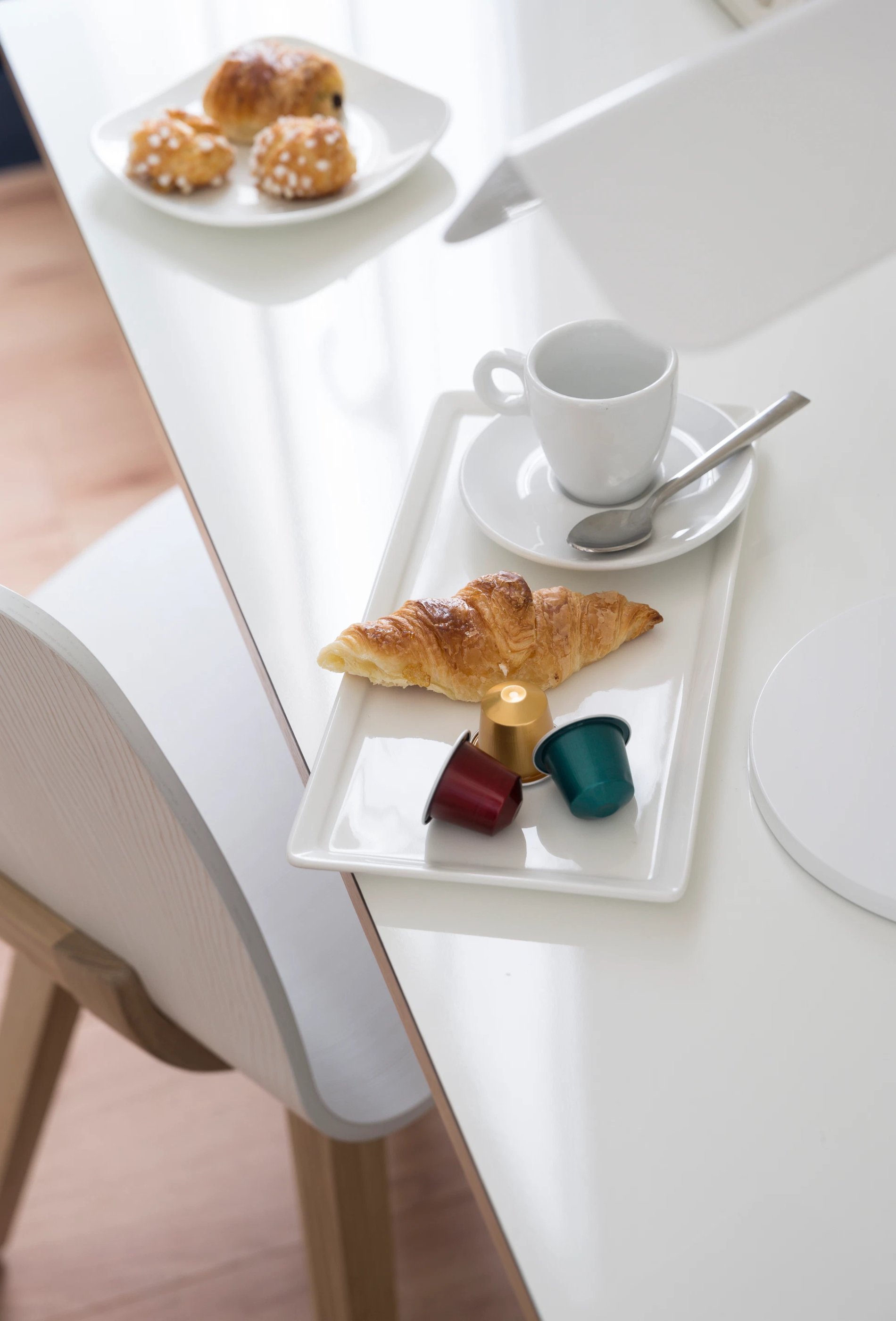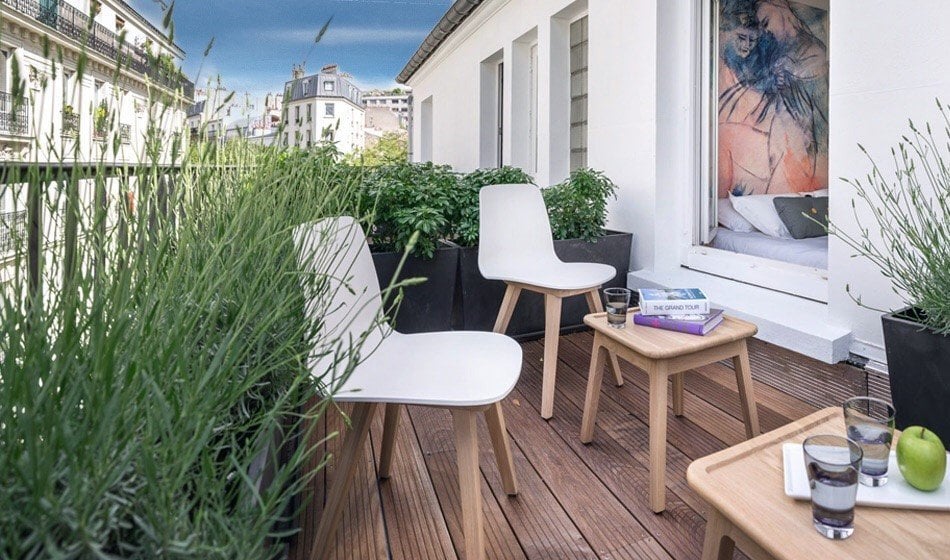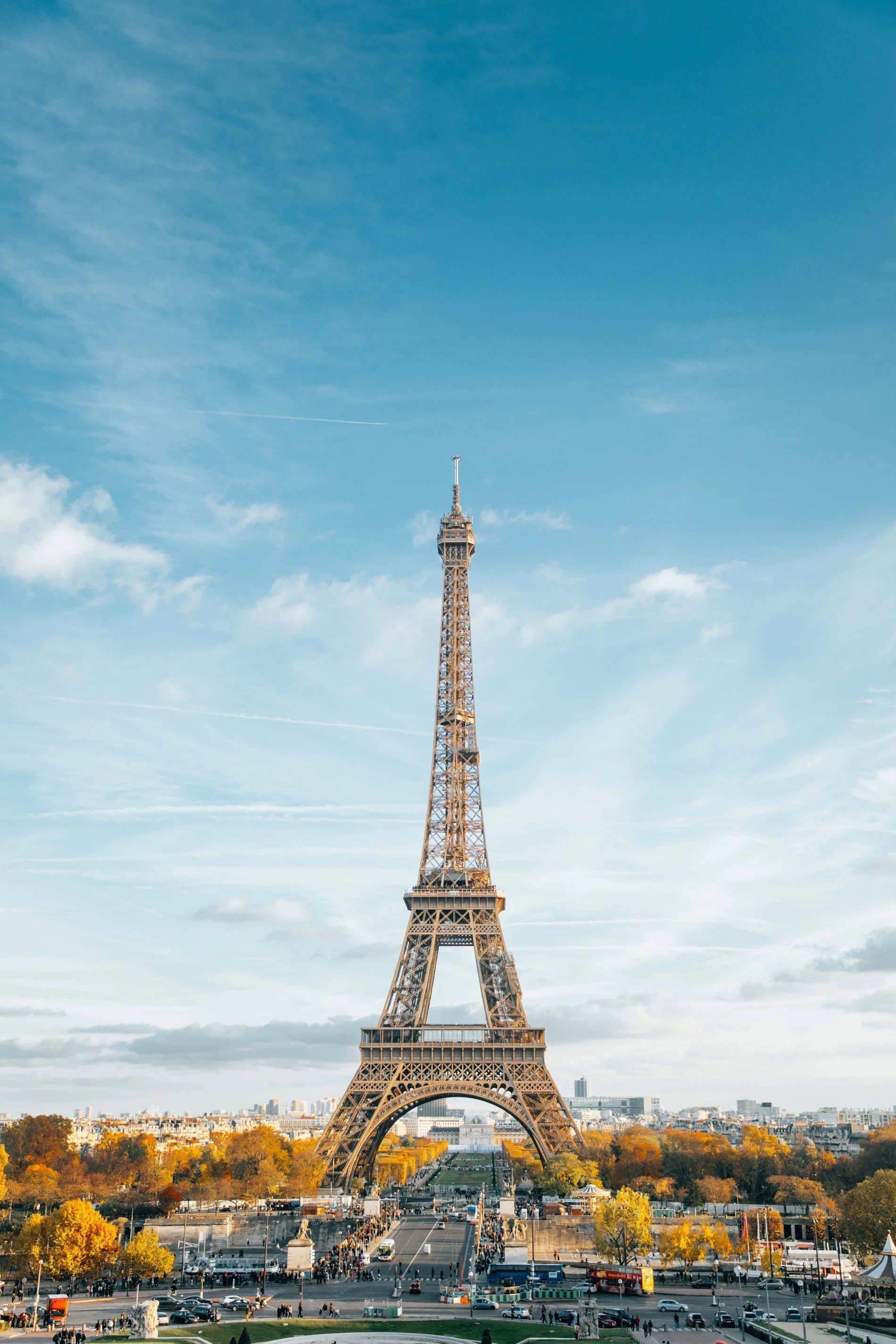Paris Montparnasse Alesia
Boutique Hotel
Welcome to the Hotel Max
Near the Montparnasse train station and 15 minutes from the Eiffel Tower, Notre-Dame or the Porte de Versailles, the Hotel Max is a charming boutique hotel of 19 rooms located in a green and light area of Paris.located in a green and light setting in a district of Paris where the spirit of Parisian brasseries, bistros and cafés reigns.
Elegant and intimate stopover for the eternal lovers of Paris, the hotel is a haven of peace to meet alone or as a couple, to come and relax or work in a setting conducive to meditation... and to stroll around the city or discover Paris in the most beautiful way!
"To always visit the Paris of our youth, of our love,
the hotels that inspire... "
Cosy atmosphere
The rooms
The Hotel Max offers its guestsa uniqueatmospherein a sober design with Classic, Classic Terrace, Superior and Luxury Rooms, all with decorative panels that immerse you in modern art and create a special bondto the Paris of today.
Its rooms offera cozyspace, with a very comfortable large double bed, a flawless contemporary bathroom and all the key services to make your stay the mostpleasant.
Book now at the Hotel Max and enjoy an ideal stayin the wayof a pure Parisian style..
Contact us
Contact & Access
Hôtel Max
34, rue d'Alésia
75014 Paris, France
MAIL :contact@hotel-max.fr
TEL :+33 1 43 27 60 80
FAX : +33 1 43 20 29 09
